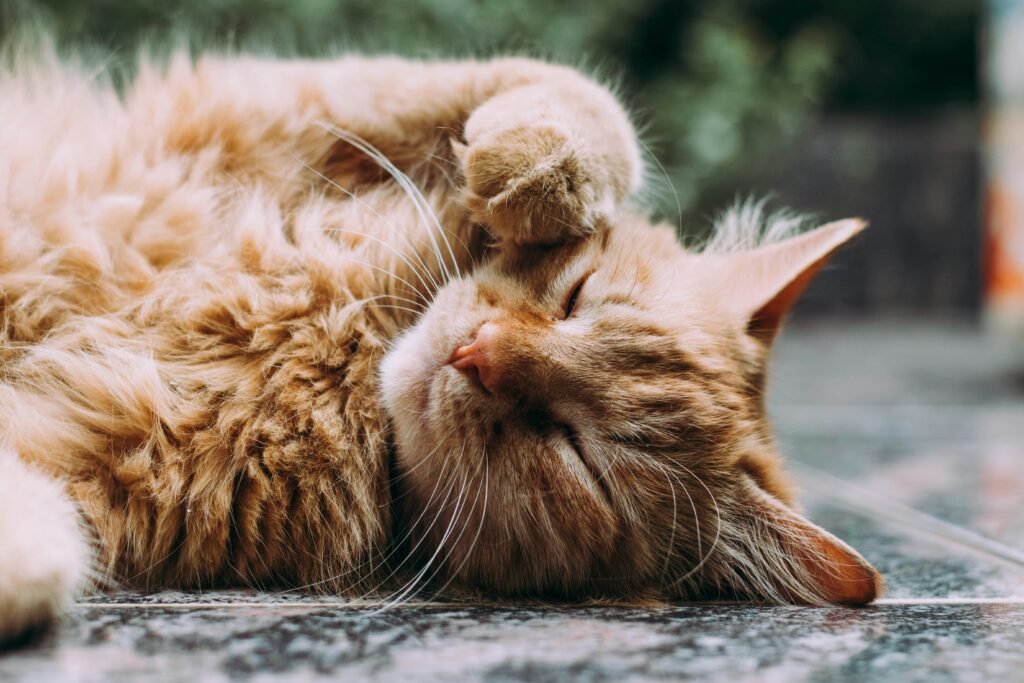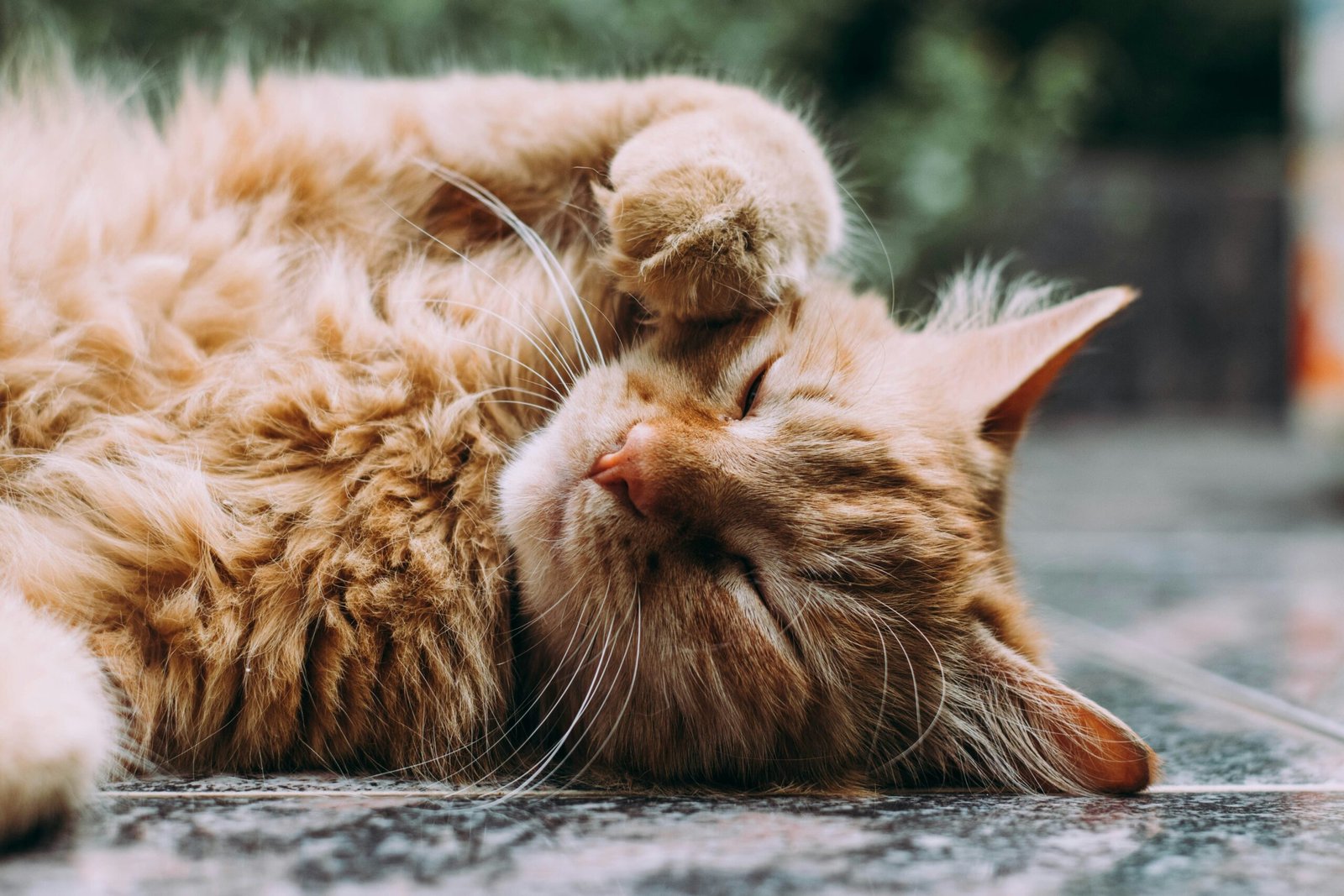Have you ever wondered why your cat might hide under the bed every time guests come over? Or perhaps why it lunges whenever someone tries to pet them? Understanding and improving your cat’s social behavior can lead to a happier, more harmonious household. Socializing your cat is an essential part of their development and overall well-being, and it’s never too late to get started.

Understanding Socialization
What is Socialization in Cats?
Socialization is the process by which your cat learns to interact comfortably with people, other animals, and environments. For cats, this can include being at ease in different settings, handling changes in their environment, and remaining calm in the presence of strangers. Proper socialization involves gradually and positively exposing your cat to new experiences until they become comfortable with them.
Why is Socialization Important?
Socializing your cat not only enhances their quality of life but can also alleviate many behavior issues. A well-socialized cat is typically more confident, less stressed, and less prone to behavioral problems such as aggression or anxiety. Moreover, socialization can make routine activities like vet visits, grooming, and travel less traumatic for both you and your feline friend.
The Best Time to Start Socialization
Kittenhood – The Critical Period
The optimal time for socializing a cat is during kittenhood, roughly between 2 to 9 weeks of age. During this period, kittens are most receptive to new experiences and can quickly adapt to various stimuli, people, and animals. Socializing during this stage often leads to a well-adjusted adult cat.
Socializing Adult Cats
Though kittenhood is the prime period for socialization, adult cats can still learn to be more social. It might take more time and patience, but with consistent and gentle interactions, adult cats can learn to be more comfortable in social situations. It’s about setting realistic expectations and working gradually towards desired behaviors.
Steps to Socialize Your Cat
Creating a Safe Environment
Start by introducing your cat to a safe, enriched environment. This can include providing scratching posts, toys, and a cozy bed. A secure and stable environment minimizes stress and creates a positive association with new experiences.
Introducing New People
When introducing your cat to new people, it’s important to let your cat take the lead. Allow them to approach strangers on their own terms, offering treats as a positive reinforcement. Instruct visitors to avoid sudden movements and to speak softly, helping your cat feel more at ease.
Familiarizing with Other Pets
If you’re introducing your cat to other pets, especially other cats or dogs, do so gradually. Start with scent swapping, where each pet is exposed to the scent of the other before any visual contact. Let them meet in a controlled, neutral space and keep initial meetings short, gradually extending as they become more comfortable with one another.
Exposure to Various Environments
Socializing involves getting your cat accustomed to different environments. This can include car rides, outdoor exploration (if safe and permissible), and visits to friends’ houses. Ensure each new environment is associated with positive experiences, such as treats and petting.
Troubleshooting Common Socialization Challenges
Fear and Anxiety
If your cat appears fearful or anxious, it’s crucial to proceed slowly. Never force interactions; this might only heighten their anxiety. Giving them options to retreat and returning to familiar settings can reassure your cat as they adjust to new experiences.
Aggression
Aggression can stem from fear or overwhelming stimuli. If your cat displays aggressive behavior, assess their environment for potential stressors and adjust your socialization pace. Consulting a veterinarian or a feline behaviorist can provide further guidance.
Lack of Progress
Sometimes, despite your efforts, your cat may not show progress. In these cases, consistency is key. Continue offering positive reinforcement and allow more time. Every cat is unique and may require their own timeline for socialization.

Tools and Techniques for Effective Socialization
Positive Reinforcement
Reward your cat with treats, affection, or playtime when they exhibit desired behavior. This reinforces positive experiences and encourages them to continue engaging in social interactions.
| Behavior | Reward |
|---|---|
| Calm interaction | Treat or petting |
| Approaching new people | Verbal praise |
| Tolerance to handling | Playtime |
Interactive Play
Incorporate interactive play during socialization sessions. Toys that mimic prey can be effective in engaging your cat and reducing stress, while fostering a bond between you and your pet.
Desensitization
Gradual exposure to new experiences can reduce sensitivity over time. Begin with brief, controlled encounters and gradually increase the duration and intensity as your cat becomes more comfortable.
Real-Life Benefits of Socializing Your Cat
Improved Human-Companion Relationship
A socialized cat is more likely to enjoy human interaction, enhancing the bond between you and your pet. This leads to a more fulfilling relationship and increases the joy of sharing your life with a feline companion.
Easier Veterinary Care and Grooming
A cat comfortable with being handled is easier to groom and take to the vet, reducing stress during these necessary events and ensuring better health outcomes for your pet.
Reducing Behavioral Problems
Well-socialized cats are generally less prone to destructive or problematic behaviors. By eliminating fear-based aggression or anxiety-driven habits, your home environment can become more peaceful for both the cat and their human companions.

Tailoring Socialization to Your Cat’s Personality
Recognizing Individual Temperaments
Every cat is unique, with some being naturally more outgoing or reserved than others. Recognizing your cat’s inherent personality can help tailor your socialization approach to better suit their needs.
Adjusting Expectations
While socialization can work wonders, it’s important to acknowledge that some cats may never become as social as others. Accepting your cat’s limits and working within them is vital for a beneficial socialization process.
Continuing Education and Resources
Continual learning about feline behavior and psychology can further aid in effectively socializing your cat. Consider reading reputable books on cat behavior, attending seminars, or consulting with professionals who specialize in feline behavior.
Suggested Resources
- Books:
- “Cat Sense: How the New Feline Science Can Make You a Better Friend to Your Cat” by John Bradshaw
- “The Trainable Cat: A Practical Guide to Making Life Happier for You and Your Cat” by John Bradshaw and Sarah Ellis
- Websites:
- International Cat Care
- The American Association of Feline Practitioners
- Professional Guidance:
- Feline behaviorists
- Veterinarians with behavioral training
By understanding the importance of socialization, implementing consistent techniques, and appreciating your cat’s unique personality, you can significantly enhance their quality of life and yours. Building a confident, friendly feline companion might take time, but the rewards are worth every effort.






